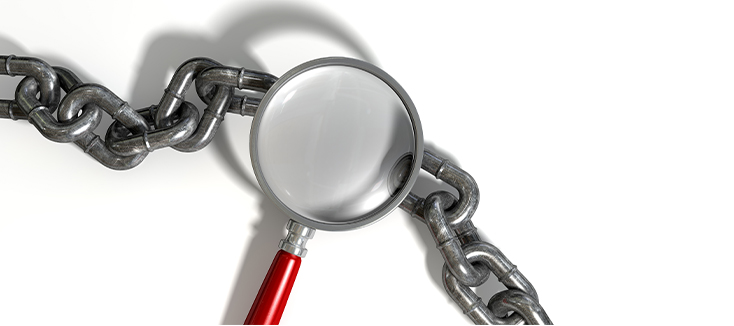To those who work reprocessing transesophageal echocardiogram (TEE) ultrasound probes every day, these devices can come to feel pretty run of the mill and unimportant. Even more so, the procedure that must be followed to reprocess probes can just become another tedious task to accomplish. But TEE probes are extremely important; in fact, echocardiography is the second most commonly ordered test in cardiology. Not only that, but these devices and the reprocessing procedure in particular carry a rich and fascinating history.
It all started in 1976 when Dr. Leon Frazin first developed and successfully tested his invention, which he called an esophageal echocardiographic transducer, in a clinical study for Loyola University’s Stritch School of Medicine. Of course, as soon as the first TEE probes came into existence, there also had to be a way of cleaning and disinfecting them for reuse.
The Spaulding Classification was first developed in 1939 and put into widespread use by the late 1950s, so Dr. Frazin’s new invention was quickly categorized as a semi-critical device. The Centers for Disease Control and Prevention (CDC) define semi-critical devices as those which come into contact with mucous membranes or non-intact skin. As a result, it was determined that TEE ultrasound probes would require high-level disinfection in between uses.
Initially, the entire process had to be carried out manually. Probes were manually pre-cleaned upon removal from the patient, then manually soaked in a basin with an enzymatic cleaning solution, and finally soaked in a basin of high-level disinfectant. At the time, the high-level disinfectant of choice was glutaraldehyde, a potentially dangerous irritant.
When ANSI/AAMI ST58 was first introduced, it provided standards for the safe use of high-level disinfectants by staff members at healthcare facilities. This introduced the need for ductless fume hoods to be used to house the basins where the probes were being disinfected. The hood would prevent the harmful fumes from coming into contact with those responsible for reprocessing, keeping them safe and healthy.
Next came the development of the TEE probe soaking station. These clever devices were long tubes attached to the wall with a small air filter attached right above the openings of the tubes to whisk away the harmful fumes. While these devices saved plenty of space and helped ensure TEE probe handles wouldn’t slip into basins of solution, they couldn’t do anything to maintain the proper temperature. And worse, they had to be mounted at a height that made them somewhat awkward to use by any but the tallest.
In 2005, the first automated high-level disinfector was engineered and received FDA clearance. This device, the TD 100 Automated TEE Probe Disinfector, solved the awkward height issue and the temperature problem. The TD 100 completely automated the high-level disinfection step. A person would simply have to insert a cleaned TEE probe into the TD 100, insert a single-use bottle of TD-5 or TD-8 disinfectant, and let the TD 100 do the rest. This development created a safer, more efficient way to disinfect probes, but there was more to be done.
In 2019, CS Medical released TEEClean Automated TEE Probe Cleaner Disinfector, the first device of its kind which completely automated both the cleaning and disinfecting steps. This development has ensured uniform results when it comes to the reprocessing of TEE ultrasound probes. Probes are both cleaned and disinfected perfectly each and every time, leading to safer patients and staff, lower risk of probe damage, and greater efficiency. TEEClean is truly the most advanced method for reprocessing TEE probes available to medical professionals today.
For more on the background and history of the reprocessing procedure, please refer to Advancements in the Reprocessing of Reusable Medical Devices.


